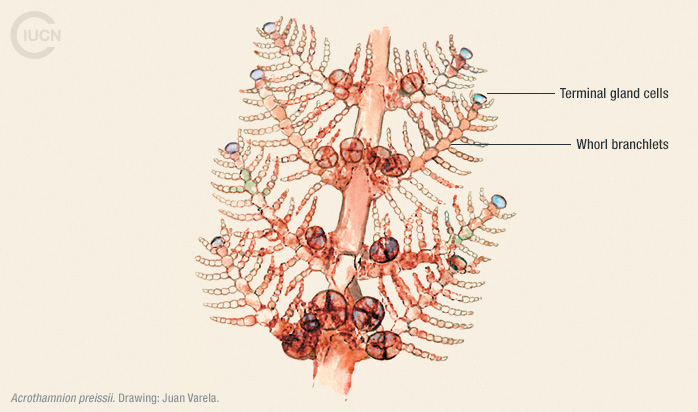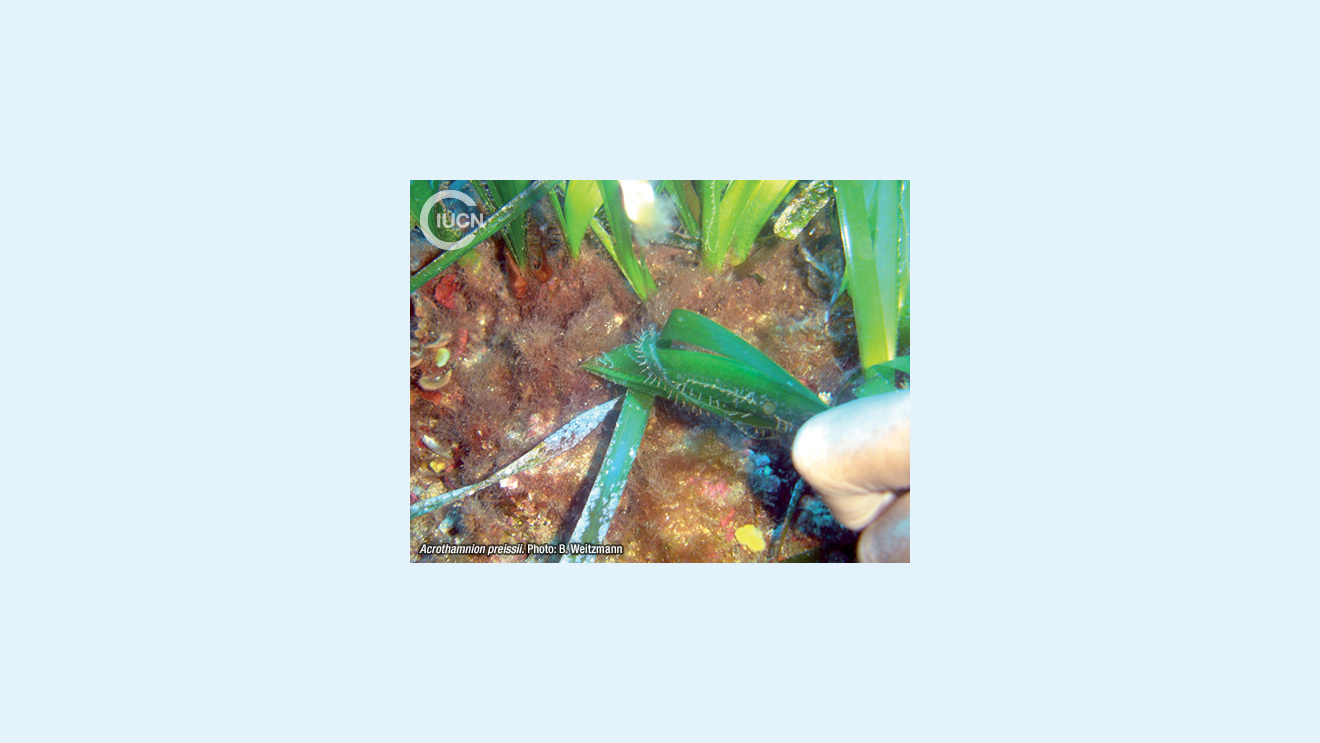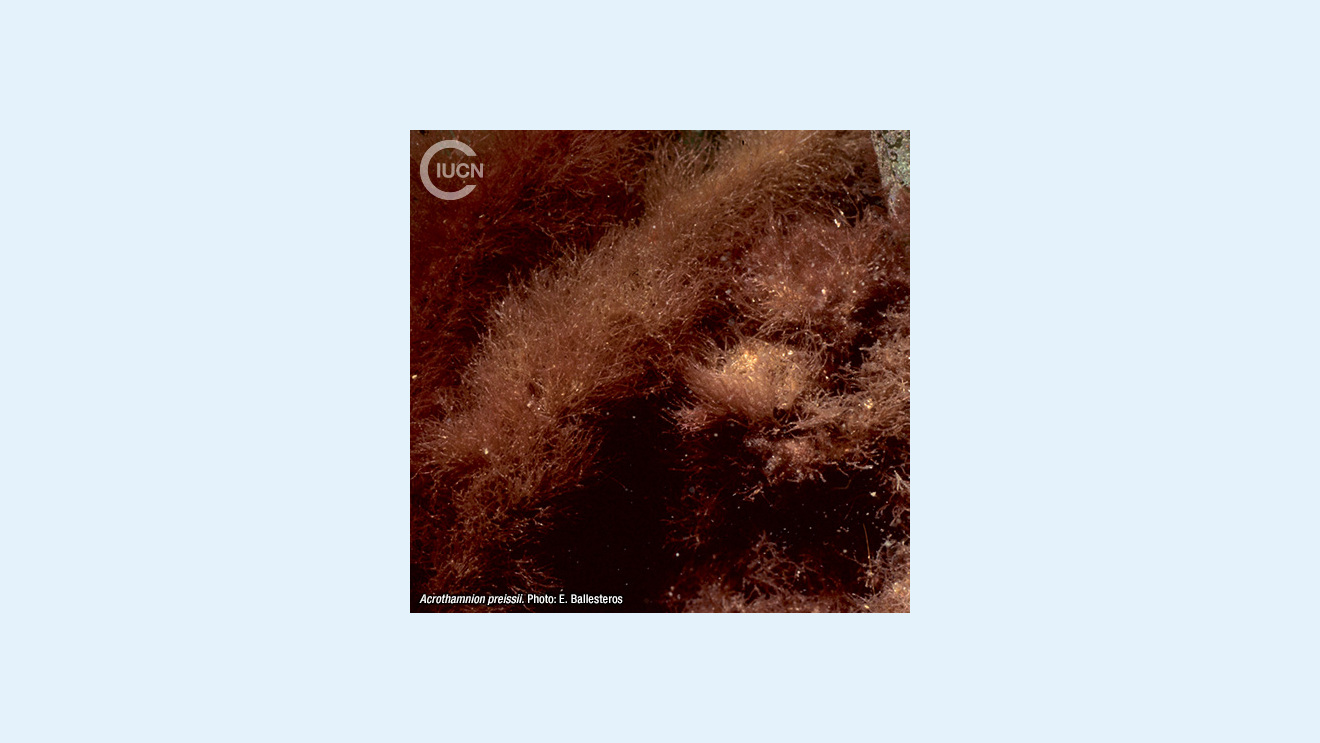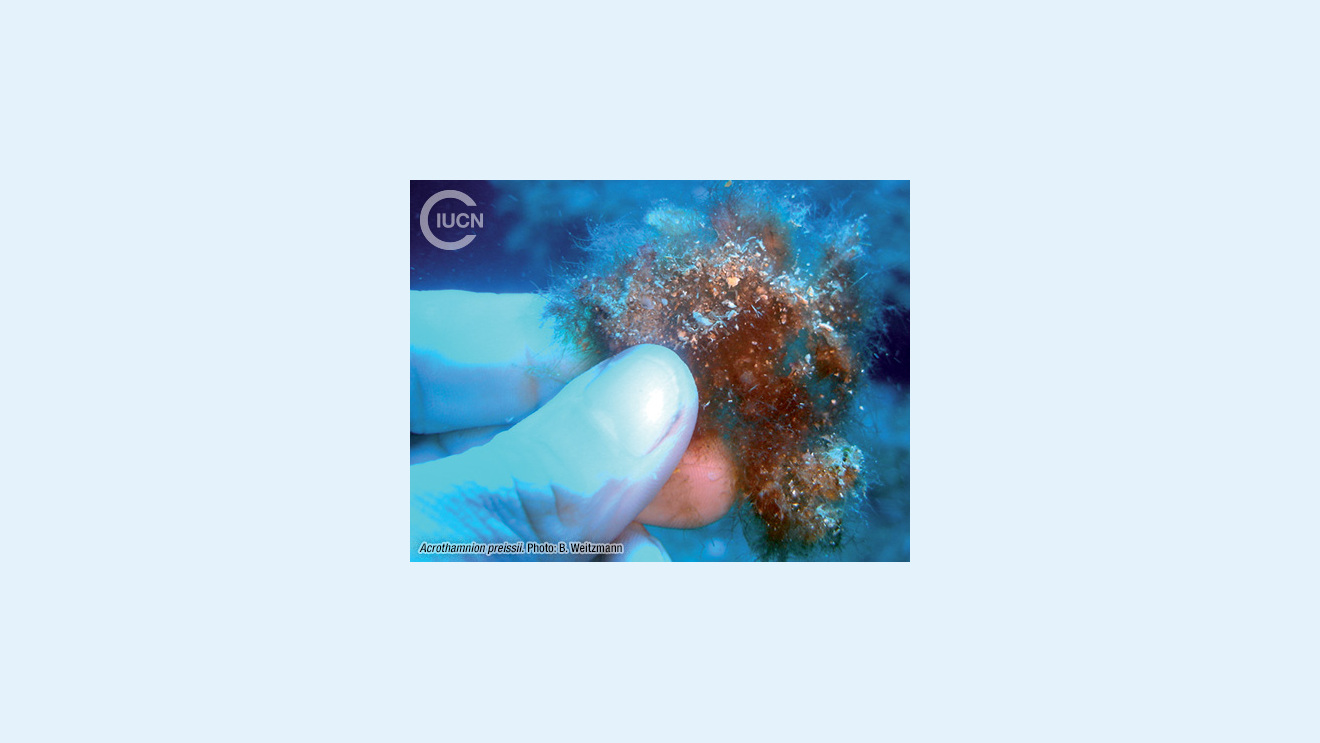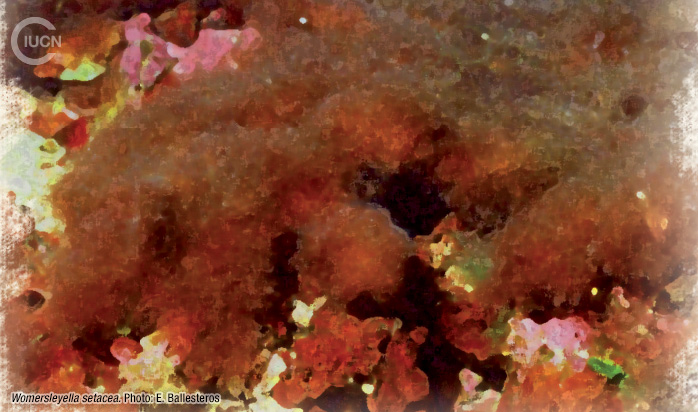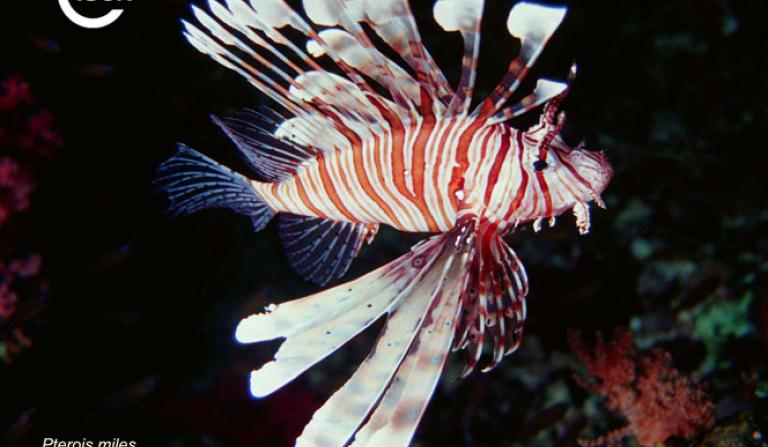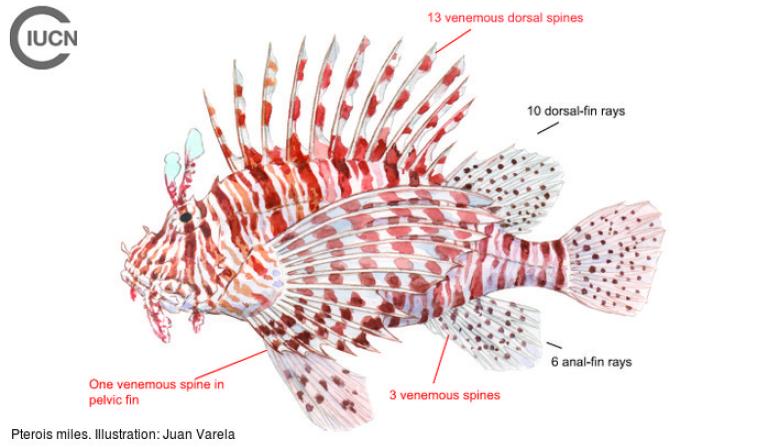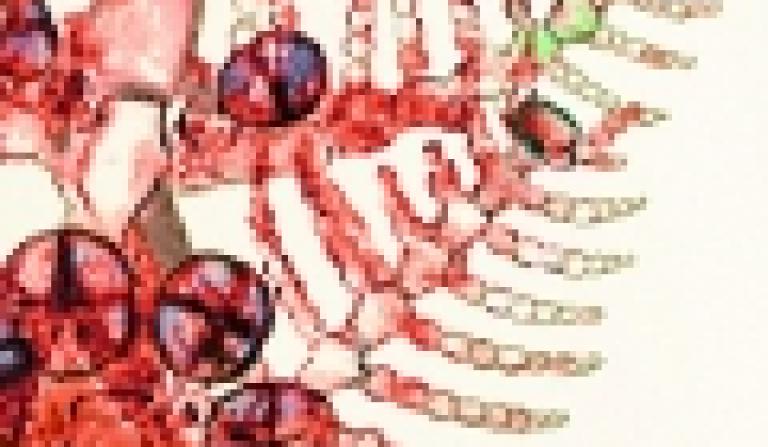Acrothamnion preissii
Πληροφορίες
Often found as an epiphyte on sea grasses such as Posidonia oceanica or various algae, from shallow subtidal zones to depths of nearly 40 m. As an invasive species, it forms dense cotton-wool-like tufts, mostly in dim light conditions (i.e. on Posidonia oceanica rhizomes, in maerl beds, or in cave entrances and crevices).
Στη Μεσόγειο Θάλασσα είναι γνωστή μόνο η αγενής αναπαραγωγή και δεν έχουν βρεθεί γόνιμα δείγματα.
Although it can easily be confused with other filamentous red algae (i.e. Womersleyella setacea) when directly observed in the field, the presence of terminal gland cells at the end of most branches is a useful character for identifying Acrothamnion preissii.
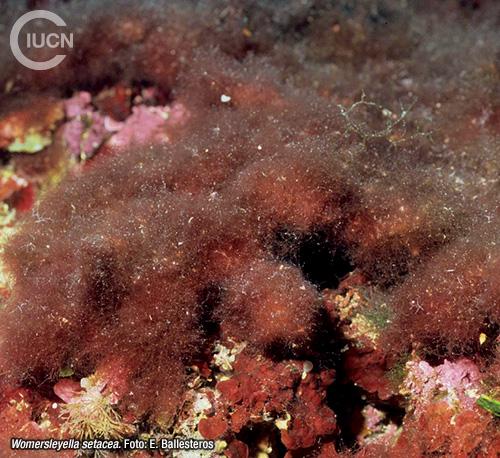
An Indo-Pacific species native to Western Australia, New Zealand, South Africa and Japan that has probably been introduced into Europe by maritime transport (on ship hulls). At present, it is mainly distributed in the north-western Mediterranean, forming invasive populations in France, Italy, Monaco and Spain.
Ecological impacts of the red alga Acrothamnion preissii are still largely unknown but, when invasive, it becomes dominant outcompeting or replacing most native algal species.
Δεν είναι γνωστό.
Ferrer, E., et al. 1994. The spread of Acrothamnion preissii (Sonder) Wollaston (Rhodophyta , Ceramiaceae) in the Mediterranean Sea: New record from the Balearic Islands. Fl. Medit. 4, 163-166.
Klein, J.C. & Verlaque, M., 2011. Macroalgae newly recorded, rare or introduced to the French Mediterranean coast. Cryptogamie Algologie 31(2), 111-130.
Piazzi,l. & F. Cinelli., 2000. Effects of expansion of introduced Rhodophyceae Acrothamnion preisii and Womersleyella setacea on the algal communites of Posidonia oceanica rhizomes in the western Mediterranean. Cryptogam. Algol., 21(3): 291-300.
